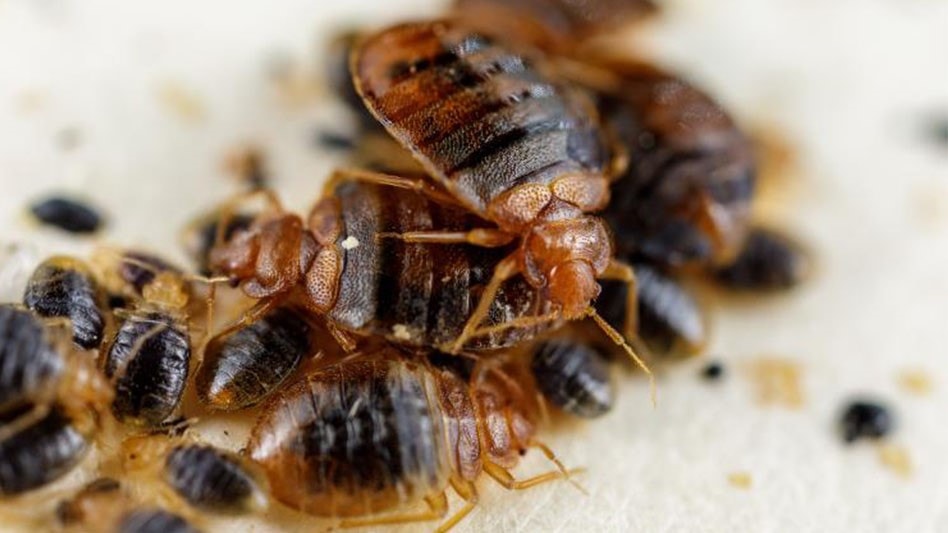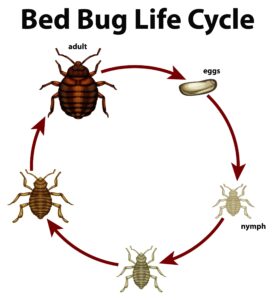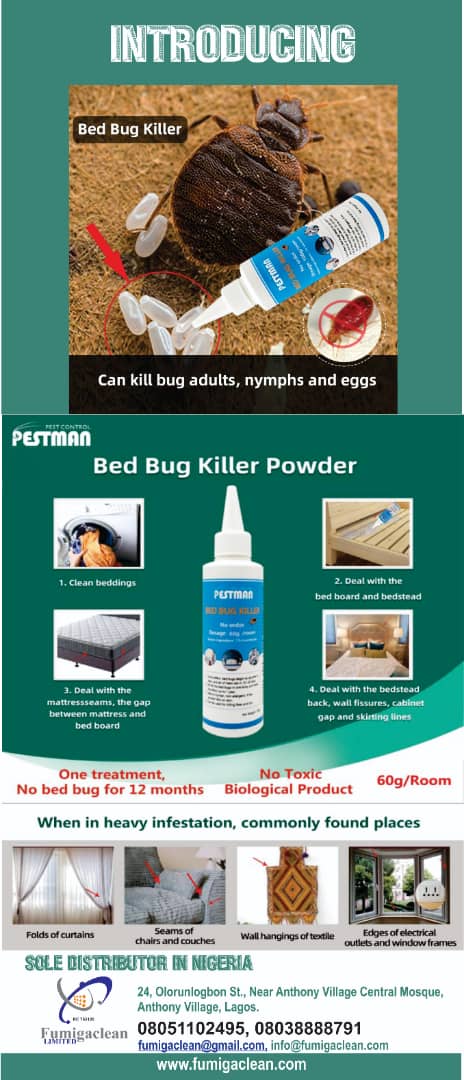Bedbug Control

A pest is a bed bug. That is bothersome to people. It is a vampire that humans should avoid. It itches the human body because it sucks human blood. Any affected person will have some crimson patches visible on their body, which will make them uncomfortable.
Our bedbug treatment service is designed to provide effective and lasting solutions to bedbug infestations in your home or business. We understand that bedbugs can be a nuisance and can cause a lot of discomfort and distress, which is why we use only the latest and most effective treatment methods to eliminate these pests.
Our team of experienced and licensed technicians are trained to identify and locate bedbugs, and to implement a comprehensive treatment plan to eradicate them. We use safe and eco-friendly treatments that are effective in killing bedbugs at all stages of their life cycle, including eggs, nymphs, and adults. Our treatment methods are tailored to your specific situation, ensuring that we address your unique needs and concerns.
We pride ourselves on our attention to detail and our commitment to customer satisfaction. We offer a comprehensive inspection to identify the extent of the infestation, and we provide ongoing support to help prevent future infestations. Our services are backed by a guarantee, so you can rest assured that we will do everything in our power to get rid of your bedbug problem for good.
Bedbug Biology
Bedbugs are small, wingless insects that belong to the Cimicidae family. They are typically reddish-brown in color and are about the size of an apple seed, ranging from 4 to 5 mm in length. Bedbugs are nocturnal and prefer to feed on the blood of humans, although they can also feed on the blood of other mammals and birds

- Bedbugs undergo a gradual metamorphosis, with three distinct life stages: egg, nymph, and adults
- Females can lay up to 200 eggs over their lifetime, and eggs hatch in about 6-10 days
- Nymphs, which are smaller versions of adults, go through five molts before reaching adulthood.
During each molt, the nymph sheds its exoskeleton and grows a new one. The entire life cycle from egg to adult can take anywhere from several weeks to several months, depending on temperature and food availability.
Bedbugs are able to survive for long periods of time without feeding, up to a year or more under certain conditions. They can also travel long distances by hitchhiking on clothing, luggage, or other objects. Bedbugs prefer to hide in cracks and crevices during the day and emerge at night to feed. They are attracted to the warmth and carbon dioxide that humans emit, and will often bite exposed skin, leaving behind small, itchy welts.
Bedbug bites can cause irritation and discomfort. If you suspect a bedbug infestation in your home or business, it’s important to seek professional help to eliminate the problem as soon as possible.

